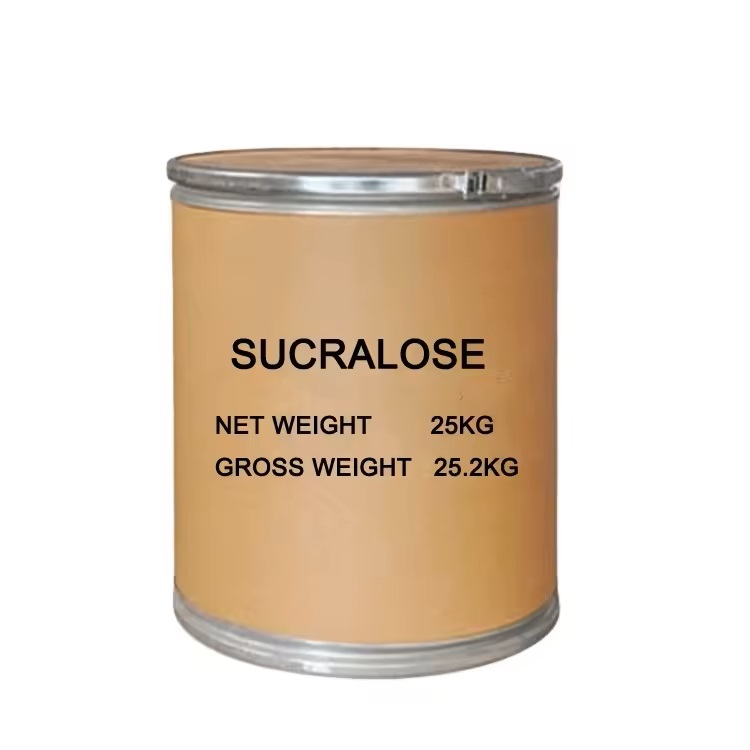We unleash your business potential by maximize the business innovation.
Send EmailSucralose, Sucrazide, Trichlorosucrose, E955, 56038-13-2
Molecular Formula (Sucralose): C12H19Cl3O8
Molecular Weight: 397.6 g/mol
Chemical Name: Trichlorogalactosucrose
CAS Number: 56038-13-2
It is among the most important disaccharide derivatives formed by the combination of two monosaccharides. It is the sweetener that has the most place among artificial sweeteners. In addition, it is an organochlorine compound.
It is a type of sweetener made from sugar and has no calories. The most important reason for preference is that it does not have any nutritional properties.
If we compare this artificial sweetener with other sweeteners, it is 600 times sweeter than sucrose. It is 2 times sweeter than saccharin. It is 4 times sweeter than aspartame.
It is a sweetener that cannot be digested by the body.
One of its most important features is that it is absorbed at a minimum level and is excreted by the body without being digested.
E Code E955
Other Names Are As Follows;
Trichlorosucrose
Trichlorogalacto-sucrose
Sucrazite
56038-13-2
Sucralose
Sucralose
Physical and Chemical Properties :
It has a white or off-white appearance in terms of physical appearance. It is in the form of a crystalline powder. It can also be seen in needle-like crystal form among some production forms.
It has no odor.
It has a high level of sweetness in terms of taste.
Its melting point is 130 ° C.
Sucralose has a good solubility. It has a good solubility in water, ethyl alcohol, methyl alcohol. It has a low solubility in Ethyl Acetate, which is one of the acetate groups.
Its density is 1.375 g/ cm³.
Its pH is 6-8 when dissolved in 100g/Lt water at 20 °C.
It has the ability to maintain its stability even at high temperatures.
Sucralose (Sucralose) Usage Areas:
It is used as a non-caloric sweetener in famous products, candies, sauces and some desserts in the food sector.
It is used as a sweetener in some pharmaceutical applications. It has tremendous properties as a sugar substitute due to its high level of sweetening ability and lack of nutritional value.
People feel the sweet taste depending on the secretion ability of a hormone. Thanks to the TT1R2/T1R3 receptors on enteroendocrine cells, the use of sucralose helps to increase hormonal secretion. This ensures the formation of the sweetening effect.
It is used as a sweetener in the production of chewing gum.
It is used as a sweetener in the production of frozen milk desserts.
It is used in the production of low-calorie sugar-free sweeteners.

